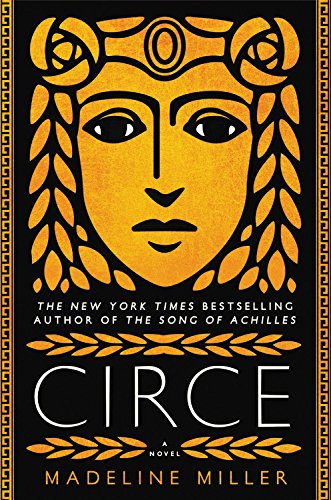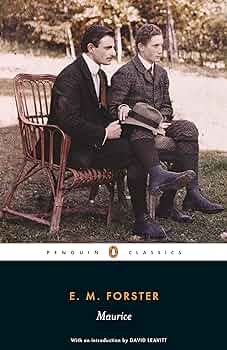A well-designed book cover can be a powerful marketing tool, especially in the competitive world of historical fiction. The book cover design should not only be aesthetically pleasing but also effectively convey the genre, setting and tone of the story.
Historical fiction book covers often incorporate a variety of design elements to achieve this. Here are some key features to look for:
Colors: Earthy tones, muted palettes and jewel tones are commonly used to evoke a sense of the past. Bold colors can also be used effectively to create a sense of drama or urgency.
Typography: The font choice can play a significant role in setting the tone. Elegant script fonts might hint at a regency romance, while bold, serif fonts could evoke a feeling of historical drama.
Imagery: Historical figures, clothing, architecture and landscapes can all be used to visually transport readers to the setting of the story.
Let’s explore some examples of historical fiction book covers that utilize these elements effectively:
“Circe” by Madeline Miller (2018): This cover features a hauntingly beautiful portrait of the mythological sorceress Circe against a backdrop of swirling blues and greens. The use of gold lettering adds a touch of elegance and mystery.

“The Nightingale” by Kristin Hannah (2015): This cover depicts two women silhouetted against a fiery orange sky, hinting at the wartime setting and the challenges the characters will face.

“Maurice” by E.M. Forster (1914): This cover features a simple yet evocative image of a lone figure standing on a hilltop, overlooking a vast landscape. The muted color palette and lack of detail create a sense of mystery and intrigue.

Beyond these specific examples, there are several trends in historical fiction cover design:
Minimalism: Clean lines, simple compositions and a focus on a single image or element are becoming increasingly popular.
Abstract Elements: Symbolic imagery or geometric shapes can be used to create a sense of intrigue and leave room for the reader’s imagination.
Hand-Lettering: Hand-drawn typography can add a personal touch and evoke a sense of craftsmanship.
Remember, a great historical fiction book cover should not only be visually appealing but also accurately represent the story within. It should spark the reader’s curiosity and entice them to delve deeper into the world of the novel.
Do you have a favorite historical fiction book cover? Share a picture and tell us why you love it in the comments below!
Comments